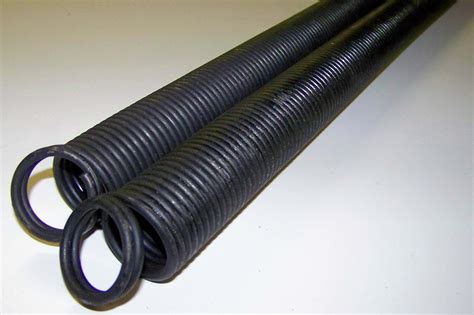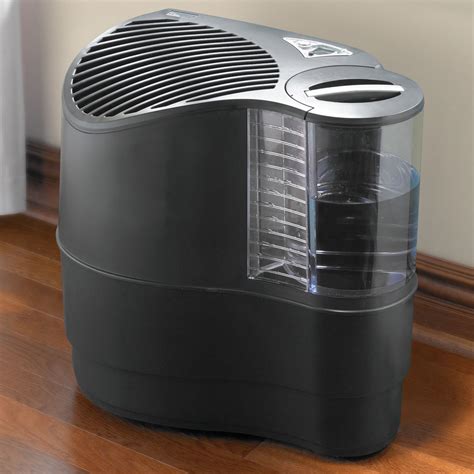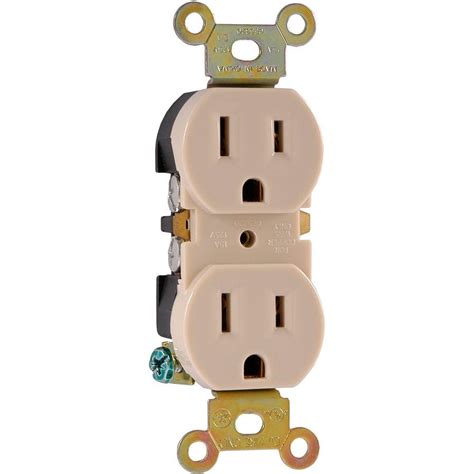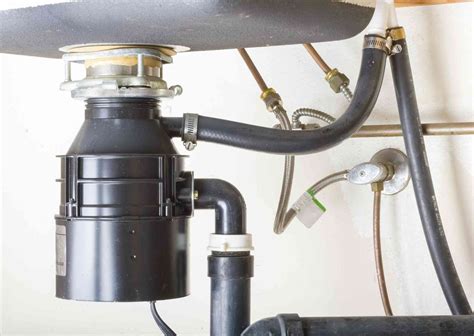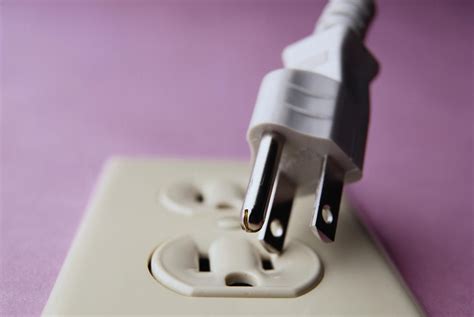
Appliance Connections
When connecting appliances to electrical outlets, it’s important to follow the manufacturer’s instructions and safety guidelines. Some appliances may require a specific type of outlet or voltage, so ensure that your electrical system is compatible. Always use grounded outlets and avoid overloading circuits by plugging too many appliances into a single outlet.
Electrical Connections You Should and Shouldn’t Use
Not all electrical connections are created equal. It’s essential to know which connections are safe and appropriate for different situations. For permanent and secure connections, using wire nuts or terminal blocks is recommended. Avoid using methods like electrical tape or twist-and-tape connections, as they are less reliable and can pose safety hazards.
Proper Wire Color, Size, and Types of Wire to Use
Choosing the right wire color, size, and type is crucial for electrical connections. In general, black wires are used for hot or live connections, white wires for neutral connections, and green or bare copper wires for grounding. The size of the wire should be suitable for the electrical load it will carry. It’s essential to consult local electrical codes and guidelines to ensure compliance and safety.
Electrical Service Connections
Electrical service connections refer to the point where the utility’s power supply enters your home. These connections typically involve a service panel or breaker box, where the main electrical lines are connected and distributed to different circuits within the home. It’s important to have a licensed electrician handle electrical service connections to ensure proper installation and compliance with local regulations.
Electrical Device Connections
Electrical device connections involve connecting various devices, such as light fixtures, switches, and outlets, to the electrical system in your home. When working with electrical devices, it’s crucial to turn off the power at the circuit breaker and follow proper wiring techniques. Ensure that connections are secure and that wires are properly stripped and inserted into the appropriate terminals.
FAQs
1. Can I use the same wire for all electrical connections in my home?
No, different electrical connections may require different wire sizes and types. It’s important to select wires that are suitable for the specific application and electrical load to ensure safety and proper functionality.
2. Can I make electrical connections without turning off the power?
No, it is essential to turn off the power at the circuit breaker before making any electrical connections. Working on live wires can be extremely dangerous and increase the risk of electrical shock or fire.
3. What should I do if I’m unsure about making electrical connections?
If you’re unsure or uncomfortable making electrical connections, it’s best to consult a licensed electrician. They have the knowledge and expertise to safely handle electrical work and ensure that connections are made correctly and in compliance with electrical codes.
Conclusion
Understanding and properly executing electrical connections is crucial for maintaining a safe and functional electrical system in your home. By following the guidelines and safety precautions outlined in this guide, you can confidently make electrical connections while minimizing the risk of accidents or electrical hazards. Remember, when in doubt, always seek professional assistance to ensure the safety of your home and loved ones.

